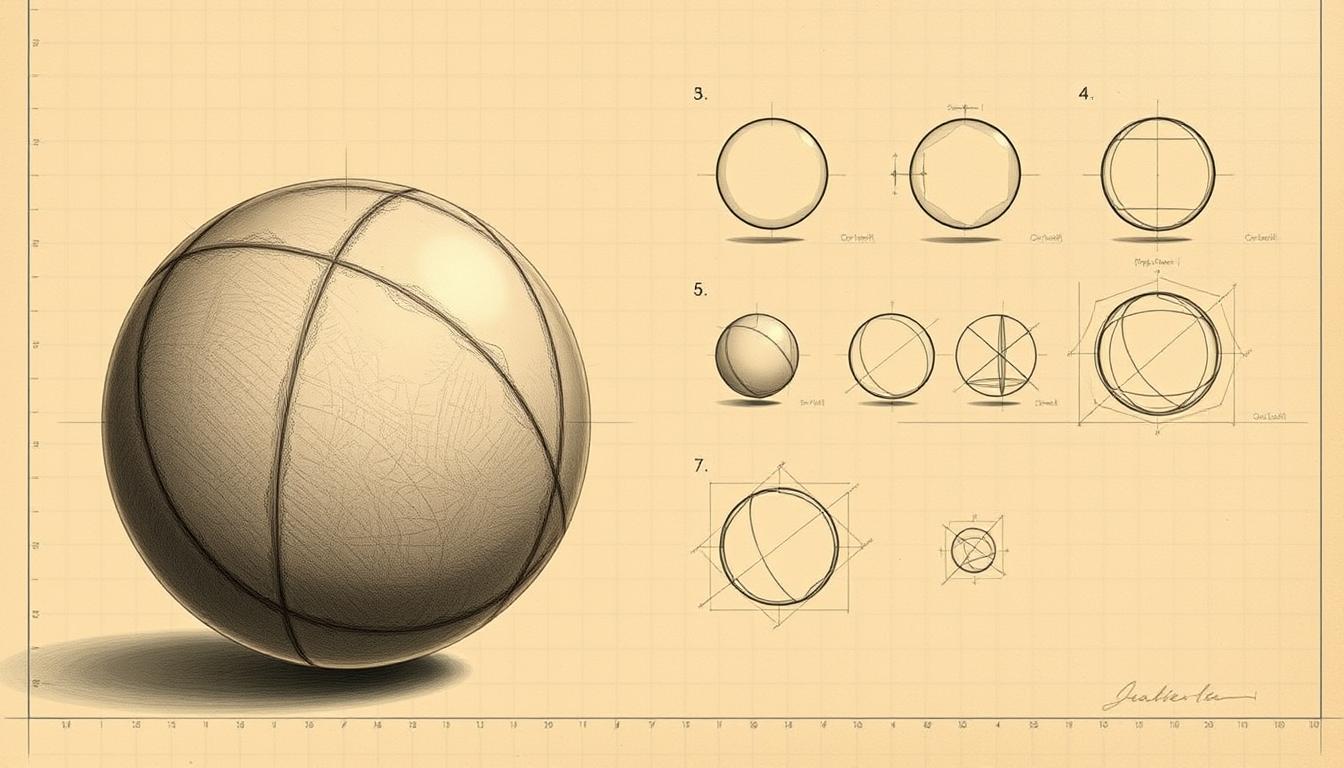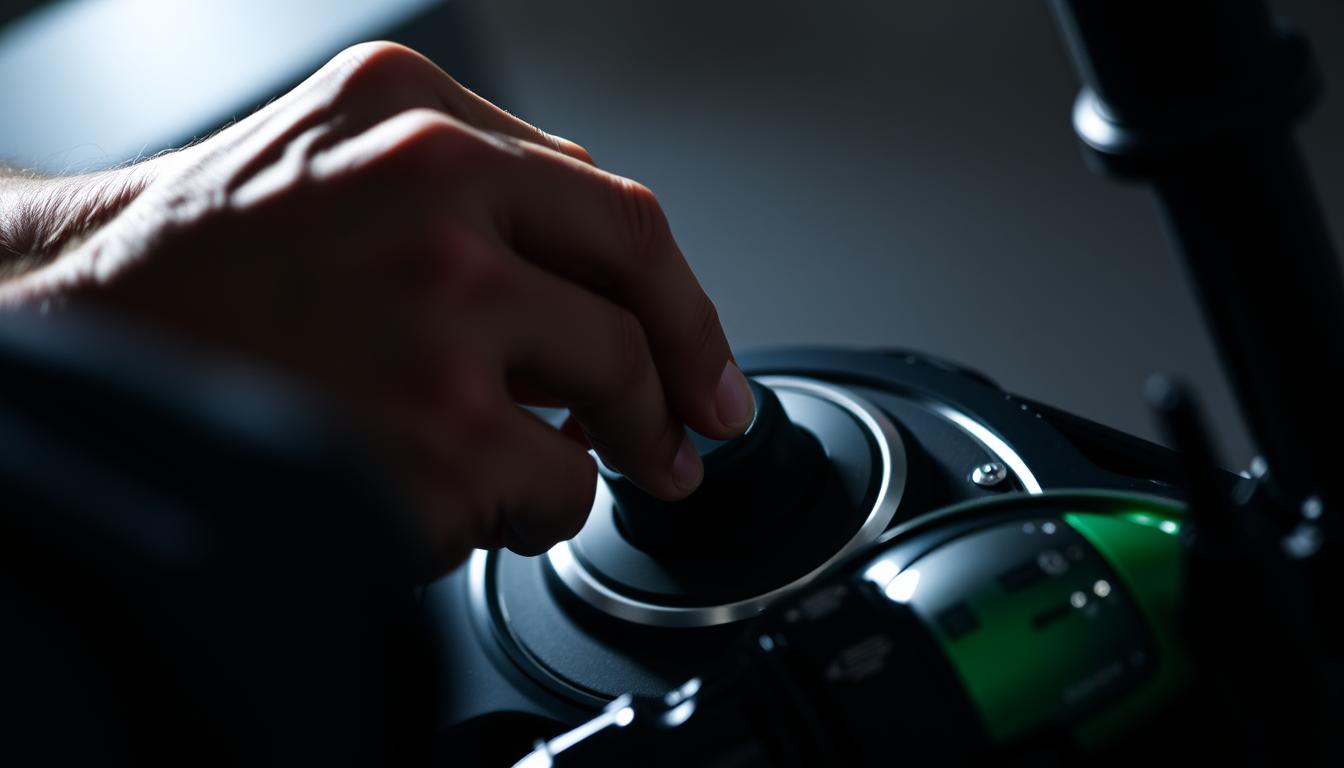How to Check an Electric Motor: Testing and Troubleshooting
Regular electric motor maintenance prevents unexpected breakdowns and ensures peak performance. Knowing how to check motors can save businesses time and money. Professional inspections catch potential issues before they become costly problems.
Motors face challenges that affect their efficiency and reliability. Common signs include slow starts, overheating, loud noises, and unusual vibrations. Regular upkeep minimizes failures and keeps operations running smoothly.
Effective motor care involves systematic troubleshooting and thorough examinations. The main goal is to spot early signs of wear. This prevents unexpected downtime and extends the motor’s lifespan1.
Principaux points à retenir
- Régulier motor maintenance prevents unexpected breakdowns
- Early detection of motor issues saves significant repair costs
- Systematic troubleshooting ensures optimal motor performance
- Understanding motor symptoms helps prevent major failures
- Professional inspection can extend motor operational life
Visual Inspection and Initial Assessment
Fault diagnosis starts with a thorough visual inspection of electric motors. This crucial step helps spot potential issues early on. A careful exam can reveal key insights about the motor’s condition2.
Exterior Physical Damage Signs
Spotting exterior damage is vital for effective vibration analysis and motor health checks. Keep an eye out for these key signs:
- Discolored or burnt paint suggesting overheating
- Debris accumulation in motor windings
- Broken mounting holes or damaged feet
- Visible corrosion or rust
Bearing and Shaft Movement Check
Pendant thermal imaging, focus on bearing and shaft condition. Rotate the shaft by hand to check for:
- Smooth, consistent rotation
- Absence of grinding or unusual resistance
- No excessive axial or radial movement
Motor Mounting and Housing Inspection
Good motor mounting is key for top performance. Check these elements:
| Inspection Area | What to Check |
|---|---|
| Mounting Surface | Flatness and alignment |
| Mounting Bolts | Tightness and corrosion |
| Housing Integrity | Cracks or structural damage |
Regular checks and thorough visual inspections can greatly extend motor life. They help prevent unexpected breakdowns. Technicians can catch issues early by using these systematic procedures2.
Advanced Electrical Testing Methods
Motor troubleshooting requires precise electrical testing techniques. Professionals use specialized methods to uncover hidden motor defects. These approaches identify subtle issues that could affect motor performance and reliability3.
Electrical diagnostic technologies ont transformé motor maintenance strategies. They help prevent potential system failures and improve overall efficiency3.
Winding resistance tests are crucial in motor diagnostics. They measure electrical resistance across motor windings. This helps detect shorts, open circuits, and unbalanced electrical connections3.
Electric motor systems operate with complex voltage ranges4. Précis winding test measurements ensure optimal performance. They also help prevent unexpected breakdowns3.
Insulation resistance testing is another vital diagnostic technique. Engineers use megohmmeters to assess motor insulation condition. They measure electrical resistance between conductive surfaces3.
Motor insulation changes with temperature. Resistance levels vary based on environmental conditions. Proper interpretation of these measurements helps predict potential failure points3.
Ces motor diagnostic techniques support proactive maintenance strategies. They ensure motors run efficiently and reliably over time.
FAQ
Why is regular electric motor inspection important?
What are the most common signs of exterior physical damage in electric motors?
How do I check the bearings and shaft movement of an electric motor?
What equipment do I need to perform basic electric motor testing?
How do I test the power supply voltage for an electric motor?
What does winding resistance testing reveal about a motor?
What are the most common types of motor insulation failures?
How often should electric motors be professionally inspected?
Can I perform motor inspections myself, or should I hire a professional?
What are the warning signs that indicate an electric motor needs immediate inspection?
Liens sources
- What is the process for troubleshooting an electrical motor? – https://www.linkedin.com/advice/1/what-process-troubleshooting-electrical-ncrkf
- 5 Motor Testing Methods You should Be Implementing – Renown Electric – https://renown-electric.com/blog/5-motor-testing-methods-you-should-be-implementing/
- Electric Motor Testing Explained – The Electricity Forum – https://electricityforum.com/iep/electrical-test-equipment/electric-motor-testing
- Efficiency Testing of Electric Motors: How does it work – https://www.hbm.com/fr/6906/efficiency-testing-of-electric-motors-how-does-it-work/
dernière vidéo
nouvelles via la boîte de réception
Nulla turp dis cursus. Entier libéros euismod pretium faucibua








